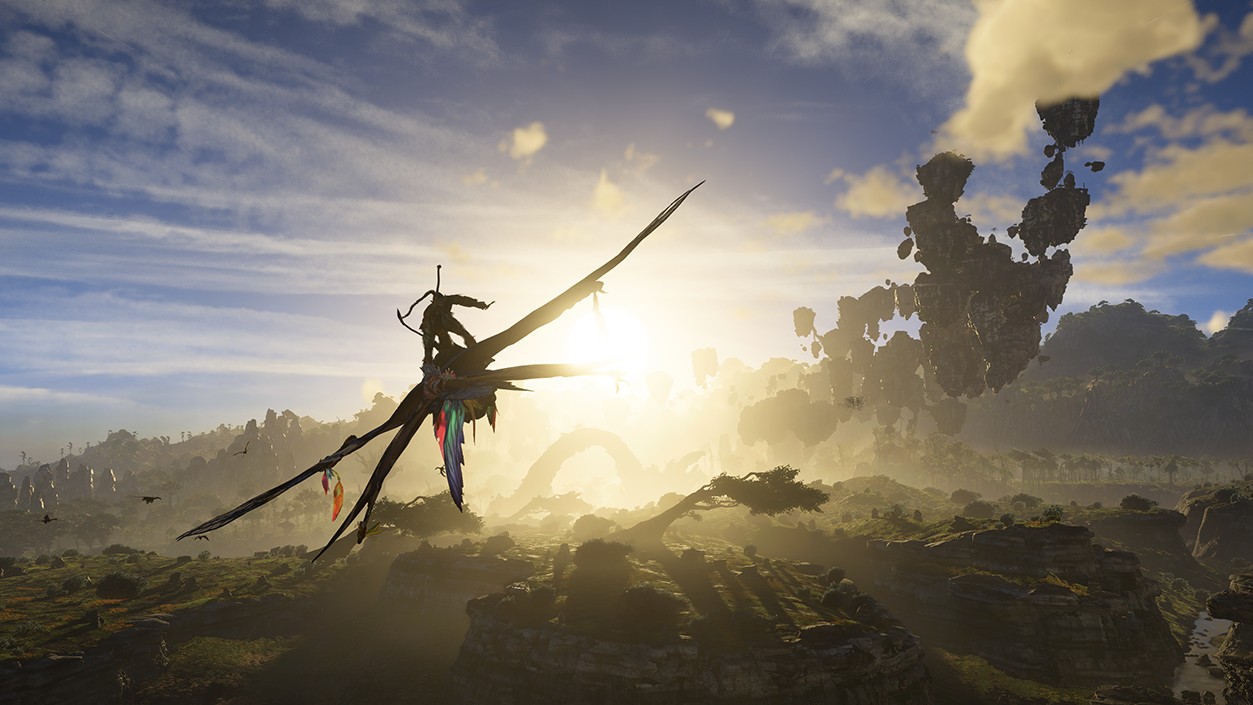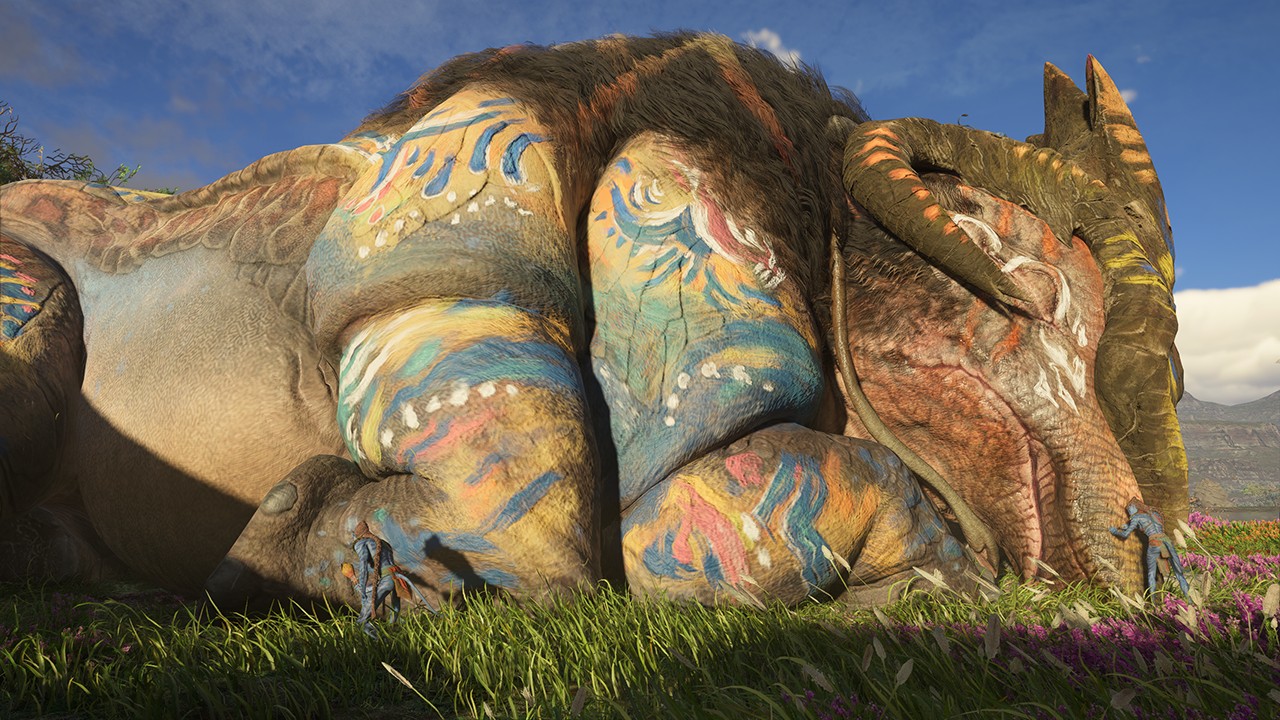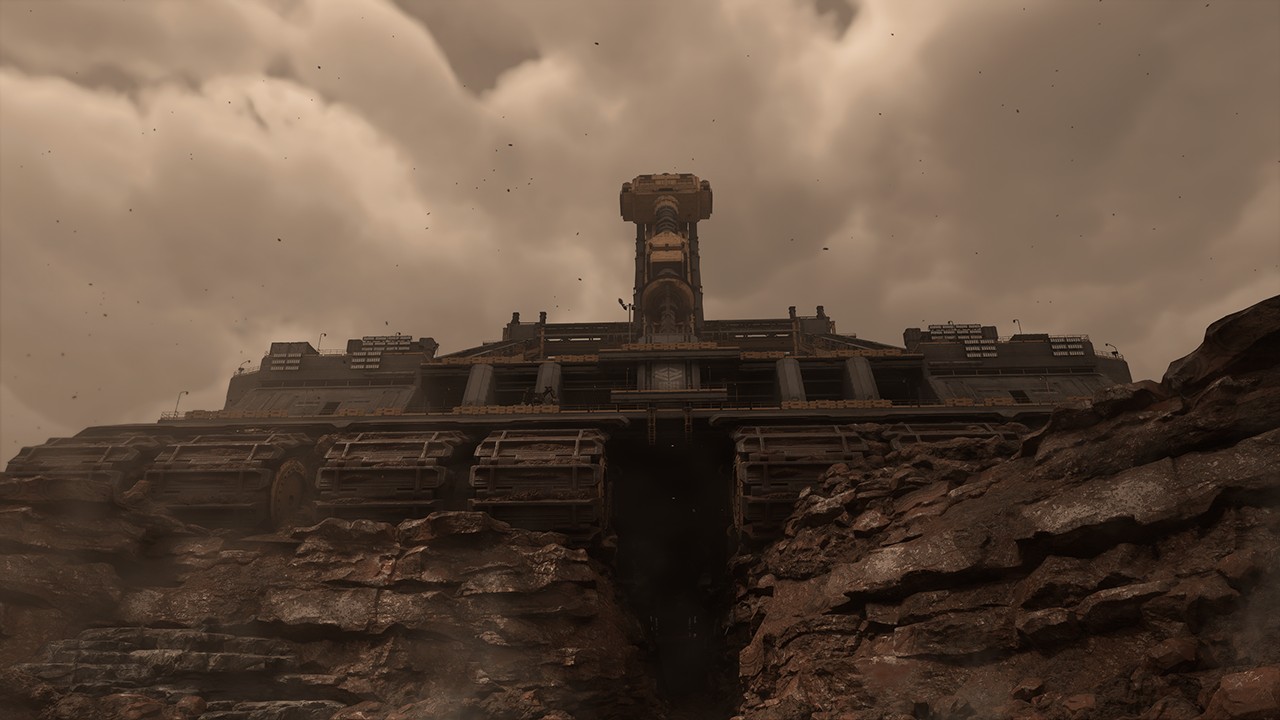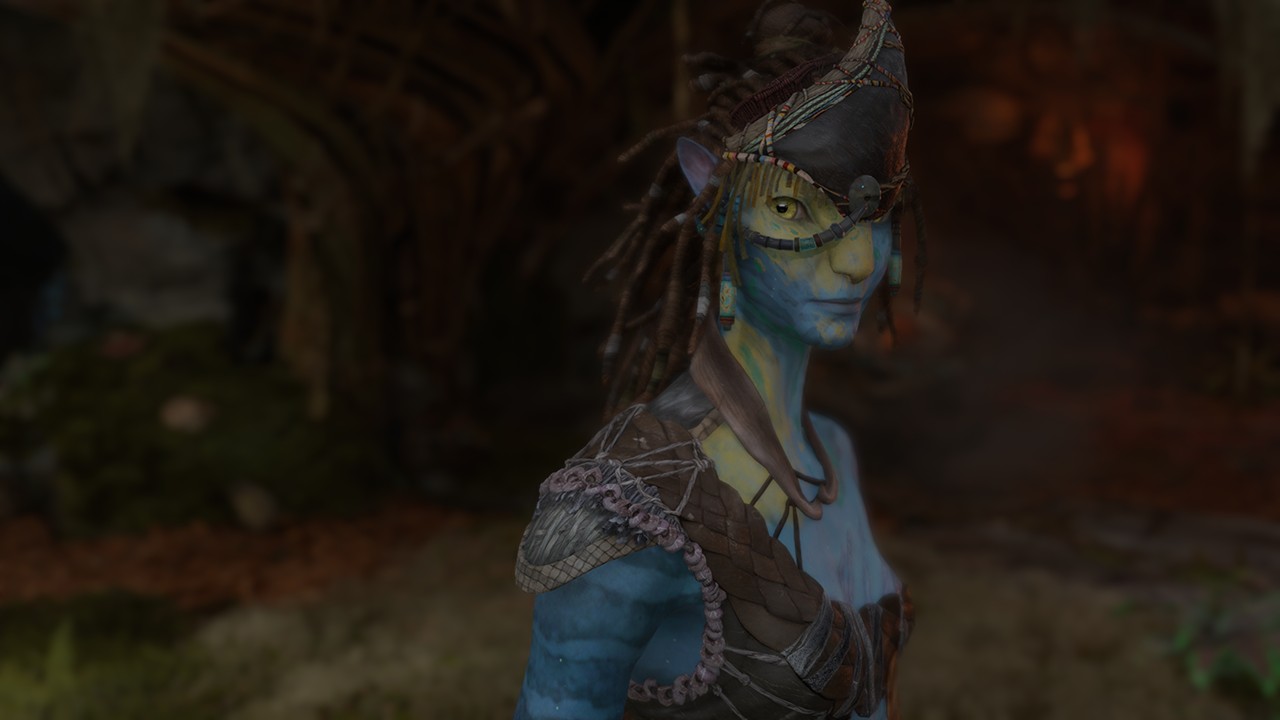
The third "Avatar" movie in James Cameron's blue-skinned sci-fi franchise is still a year away.
With that in mind, Ubisoft Massive's Avatar: Frontiers of Pandora might be exactly what you're looking for if you're longing to spend more time on Pandora – especially after watching Avatar: The Way of Water.
Based on the Avatar series, it's an open world action-adventure game where you'll get to explore a whole new continent of Pandora. But how does this game build upon what we've already discovered about Pandora and its inhabitants from the movies?
Read on below to learn about some of the coolest new bits of Na'vi lore and reveals concerning the human colonization of the fifth moon of Polyphemus.
Spoilers ahead for the movies "Avatar" and "Avatar: The Way of Water" as well as the video game "Avatar: Frontiers of Pandora."
Sadly, we're now even further away from watching the Avatar saga in its entirety, as a new wave of delays from Disney has pushed Avatar 3 to December 19, 2025. Moreover, the Avatar sequels will now be separated by larger gaps in order to better accommodate the new batch of Star Wars movies and other tentpoles inside Disney's busy theatrical schedule for the next eight years or so. Avatar 4 has shifted to December 21, 2029, and Avatar 5 – the planned final movie of the series – won't wrap up the massive story arc until December 19, 2031.
If you need to a refresher, our Avatar: The Way of Water streaming guide has you covered. Looking for more video games based on renowned sci-fi IPs to play once you're done exploring Pandora's lush environments? Our picks for the very best Alien, Warhammer 40K, and Star Wars games out there will give you tons of ideas.
1. The RDA kidnapped and indoctrinated Na'vi children

Avatar: Frontiers of Pandora throws players into events that happen before and during the first movie for its prologue. We meet a group of Na'vi children who are learning at RDA (Resources Development Administration) facilities under the tutelage of a human scientist using an avatar body. Of course, these native children were brought into TAP (The Ambassador Program) very early in their lives, so they don't remember much about how they were taken from their families and accept the RDA as saviors who could teach them how to be better than the natives outside thanks to their technology and knowledge from Earth. It's also heavily implied their DNA was used by the RDA for the Avatar Program that made the human/Na'vi hybrid bodies possible.
Of course, things go sideways for the RDA once Jake Sully and the Omatikaya rise against the invaders. Most of the humans leave in a hurry, and the now-older students are put in cryosleep by their tutor to shield them from certain death at the hands of the RDA soldiers. When the bad humans return 15 years later, they're woken up and choose to live among the Na'vi and their human allies. However, John Mercer, Executive Vice President of Frontier Operations, also returns and wants the TAP members back once he learns they're alive.
Without getting into spoilers past the opening minutes, the entire TAP subplot gets darker than you'd expect and actually adds a lot of background information to the RDA's long-term goals, which included assimilating the Na'vi population willing to become "civilized" and separating them from the "bad" natives. Does this ring a bell?
2. There's a nomadic Na'vi clan who lives alongside megafauna

One of the big three Na'vi groups who live across Pandora's Western Frontier is the Zeswa clan. They're nomads that live in the Upper Plains and generally use direhorses – one of the many fascinating creatures of Avatar – to cover the grasslands' greater distances (though they can also ride trusty ikrans to fly to other areas).
This lively and ferocious warrior clan is known by other Na'vi groups for their strength and over-the-top celebrations. Perhaps more interesting is how they live and travel: following the zakru, giant beasts that only move every few weeks or even months. Until then, the entire clan sets its tents and constructions around the zakru, who provide them with milk which forms the basis of their diet. In exchange, the clan shields and protects the animals.
But, how do the zakru actually survive without moving for such long periods of time? Well, the Western Frontier's largest form of megafauna is similar to elephants in that they use a prehensile trunk to feed. They've got no natural predators, so even before they bonded with the Na'vi, they could just find underground fungi colonies and feed while "sleeping" until they were depleted. After this happens, they wake up and move on to a new location. Rinse and repeat. Zakru also live long lives, so the animals' relationship with the Zeswa can last multiple generations. As such, they're deeply revered by the clan.
3. The RDA is also mining oil and gas on Pandora

As first seen in the original Avatar movie, the humans' main goal, executed through the RDA, was to find and mine the abundant deposits of unobtanium on Pandora. The Way of Water, however, showed us that 15 years later Earth is on its last legs and looking to move the human population to Pandora. Of course, the RDA is spearheading the deeply aggressive colonization effort with way more resources and manpower.
In the game Avatar: Frontiers of Pandora, alongside the Na'vi-human Resistance, we help free Pandora from the invaders and their rampant industrialization efforts. It is then new information is learned about human operations on the moon. With plans changing to a full conquest and relocation effort, the RDA tries to extract most of Pandora's natural resources, much like back on Earth. This includes the mining of gas and oil which can sustain the growing infrastructure and many machines and vehicles used to turn Pandora into a new Earth while repeating the same mistakes.
4. Some Na'vi aren't friends with the rest

James Cameron and producer Jon Landau already talked about some of the plans for the Avatar sequels, and those include introducing a tribe of Na'vi which aren't nearly as nice as the ones we've met so far. While Avatar: Frontiers of Pandora's more unpleasant Na'vi aren't straight-up hostile, they're definitely not friends with the other Na'vi, at least not when the other clans need them to help. There's a good reason behind their current reclusion; we're told the Kame'tire, who inhabit the Clouded Forest, were weird even before the RDA came to Pandora.
Mind you, the Kame'tire still value nature and Eywa (a sentient force of life that keeps all of Pandora in balance, also known as the All-Mother or Great Mother) as much as the other Na'vi, but they've turned their backs on the outside world as they're traditionally suspicious of outsiders. They are, however, very respected herbalists and healers who briefly interact with other clans to share medicines and knowledge. Ironically, they're more eager to fight the RDA than other clans, yet getting them to join the Resistance is no easy task.
After Avatar and The Way of Water showed us the kinder side of the Na'vi, it's quite refreshing to meet natives who aren't willing to collaborate as easily with others even when the entire moon is in danger. If Cameron and Landau haven't lied to us all, Avatar 3 will double down on this idea and give us a Na'vi-on-Na'vi conflict which could spice the overarching narrative up.
5. Humans tried to weaponize the moon's dangerous wildlife

As we've seen in the two Avatar movies released so far, Eywa isn't welcoming to those who hurt her and Pandora's ecosystems. The moon fights back on her own and alongside the Na'vi through various means, and some of the most majestic and fearsome creatures quickly become biological weapons. Unsurprisingly, the RDA actively wanted to harness that power too. After all, humans have been taming the wilderness and numerous animal species ever since the dawn of civilization.
Most species who live on Pandora, including the Na'vi, have a "neural whip" aka kuru/tswin (Na'vi name). That's how they can connect and bond, or simply "talk" and "learn" from Pandora. This concept is presented as equal parts spiritual and pragmatic, essentially making Eywa and all of Pandora's living organisms an impressive biological network. That's why the RDA's experiments to tame and train the moon's fiercest animals were so cruel; their kurus were cut off by scientists who hadn't even begun figuring out how Eywa and the larger ecosystems worked.
To the surprise of no one, this program was an absolute failure, but the damage inflicted upon the animals couldn't be reverted, and those who survived and were left behind by the RDA now plague the ruinous labs where the disturbing experiments took place, and have become extremely dangerous.







